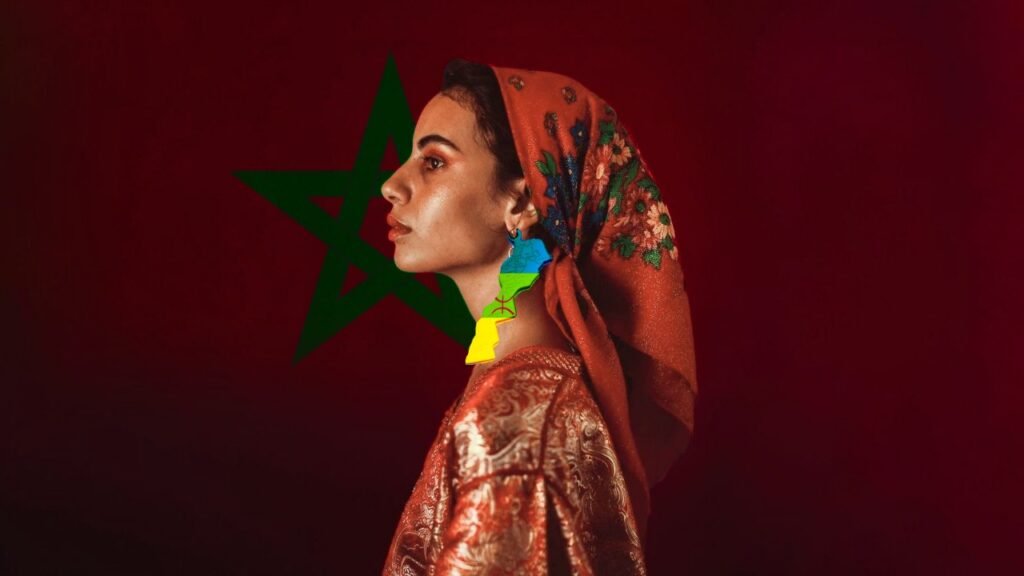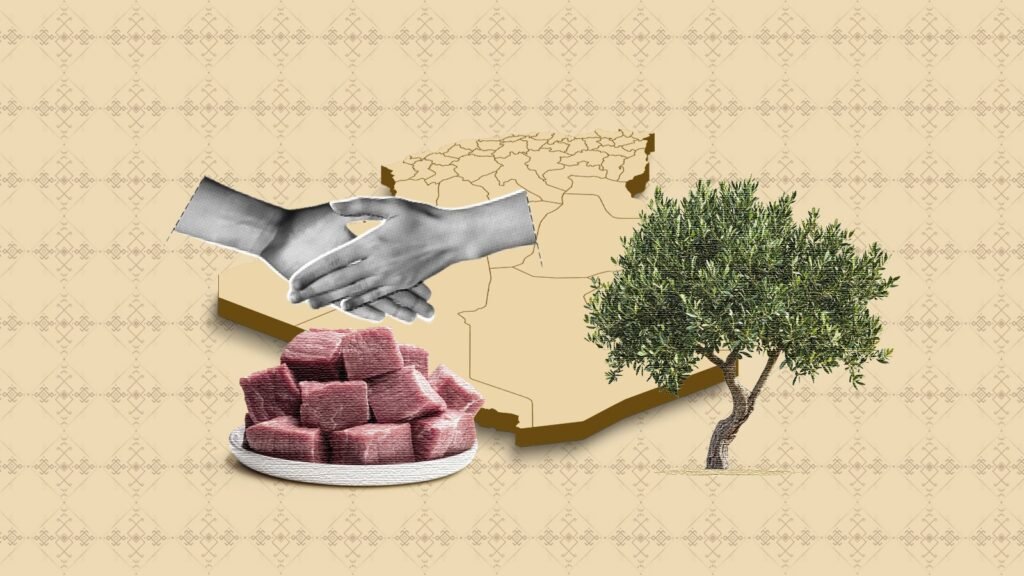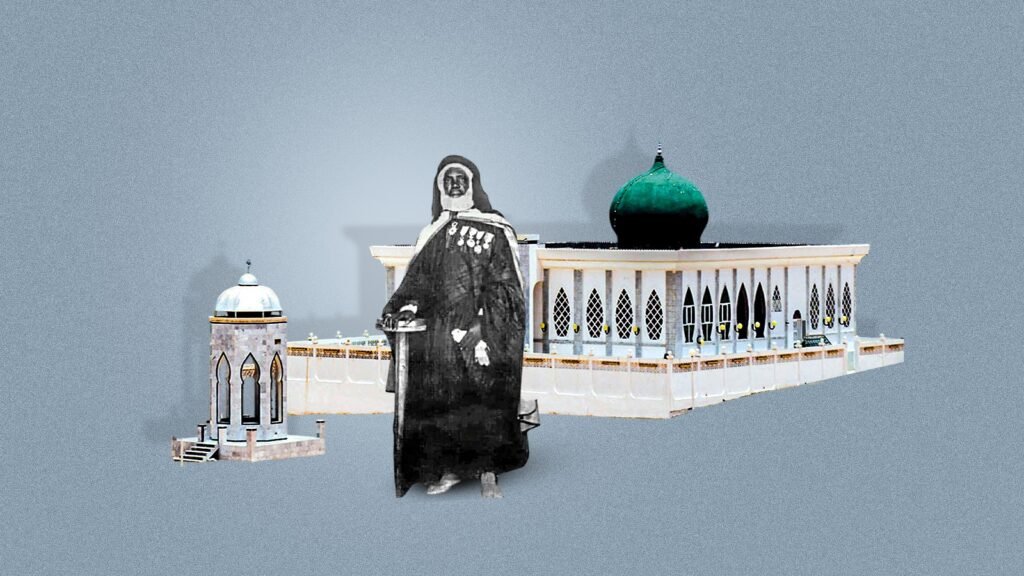On January 14, bonfires illuminate the Moroccan night as millions of Amazigh people celebrate Yennayer, their traditional New Year. Rooted in agriculture and pastoralism, this celebration marks a fresh start and reflects centuries-old customs tied to the cycles of nature. It is also a time for the Amazigh community to reflect on their cultural identity and the strides and setbacks they experienced over the past year.
Yennayer celebrations are deeply symbolic of Amazighheritage. Across Morocco, the festive meal varies by region, from vegetable-rich dishes in fertile areas like Gharb and Doukkala to tagoula, a barley or corn dish in arid regions, and ourkemen, a hearty porridge representing agricultural abundance. These dishes embody the Amazigh connection to the land and their reliance on its harvests. They also serve as a cultural expression of unity, resilience, and prosperity, transcending linguistic and geographical divides.
This year’s Yennayer follows notable achievements for the Amazigh community. Efforts to integrate Tamazight, the Amazigh language, into modern platforms saw success with its inclusion in tools like Wikipedia and Google Translate. However, challenges remain. Many Amazighleaders argue that census data underreports their linguistic identity, undermining efforts to secure broader recognition. They also decry systemic neglect and racialized attacks, such as those by public figures like streamer Ilyas El Maliki, who faced backlash for discriminatory remarks.
On the policy front, Morocco has taken significant steps to strengthen Amazigh identity. Aziz Akhannouch, the Head of Government, emphasized initiatives to implement Tamazight as an official language in public administration and education. The declaration of January 14 as an official holiday, a royal decision by King Mohammed VI, stands as a landmark achievement, celebrating Amazigh cultural heritage as integral to Morocco’s national identity.
Yet, frustrations persist among activists who view governmental efforts as insufficient. The ministerial committee responsible for Amazigh language implementation was frozen without explanation, raising concerns over wasted resources and unfulfilled promises. Critics argue that without concrete timelines, measurable outcomes, and sustained commitment, symbolic gestures will fail to address the systemic neglect of Amazigh rights.
Amid these challenges, Amazigh activists are reigniting their push for political representation. Efforts to establish the Tamunt party, reflecting Amazigh identity and culture, were rejected under Morocco’s ban on political parties founded on ethnicity, language, or religion. Advocates argue that their platform aligns with Morocco’s constitutional framework and seeks to address the Arab nationalist dominance in existing political spaces. This bid for representation underscores the community’s desire for a voice that transcends symbolic recognition and delivers tangible change.
The struggle for Amazigh rights is not new but has gained momentum since Tamazight was recognized as an official language in 2011. However, many believe that progress has been slow, with few meaningful steps taken beyond the declaration of Yennayer as a national holiday. Activists like Bouchtarat and Baddou have criticized the lack of continuity and clear objectives in implementing reforms, calling for a focused strategy to preserve Amazigh culture and language for future generations.
Morocco’s Amazigh identity is both a unifying force and a point of contention. While Yennayer showcases the richness of Amazigh culture, the community’s demands for greater inclusion reflect broader issues of recognition and equity within Moroccan society. By embracing Amazighheritage as a cornerstone of national identity, Morocco has the opportunity to foster unity while addressing the aspirations of a historically marginalized community.
As bonfires burn across Morocco this Yennayer, they symbolize not only the dawn of a new year but also the enduring spirit of the Amazigh people. Their journey, marked by both progress and obstacles, continues to shape Morocco’s cultural and political landscape. For the Amazigh, celebrating Yennayer is more than a tradition—it is a testament to resilience, identity, and the hope for a more inclusive future.




